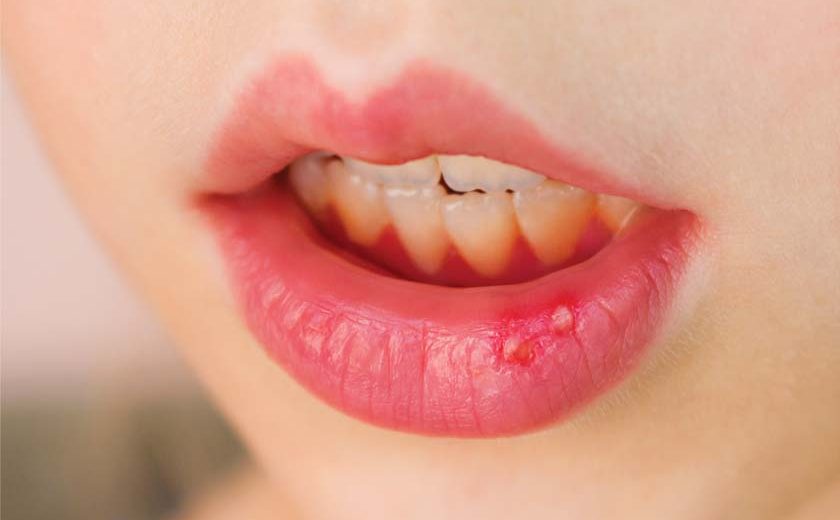Oral or mouth ulcers are one of the most common discomforts experienced by a majority of our us. It is discomforting, as it could get quite painful, with difficulties in speaking and swallowing, and that it is not considered as an ailment for which one would go to see a doctor.
Most victims would either bear the discomforts caused or resort to some self-medication. Mouth ulcers appear as open sores or lesions characterised by redness, inflammation and pain, in the internal oral cavity. They can appear at any location in the oral cavity with no specific preference of location or size.
What are causes?
The cause of mouth ulcers could be attributed, and is not lmited, to one or more of the following factors:
- Trauma or injury
- Microbial infections caused by certain fungi or viruses
- Weak or compromised immune system
- Some other systemic or underlying disorder
- Muco-cutaneous disorder
- Side-effects of certain medications
- Disturbed metabolism
- Allergic reactions
- Gastro-intestinal disorders
- Nutrient deficiencies

How many types are there?
The most common types of mouth ulcers include:
- Canker Sores – one of the most common types of mouth ulcers, they are characterised by white or grey ulcers with a red border with tissue disintegration inside the mouth or under the lips.
- Oral Mucositis – causes inflammation and swelling of the oral mucosa and it is mostly associated with an underlying disorder or treatment side-effect.
Oral Thrushes – appears as open lesions caused by either fungal or yeast infection, in the mouth; with the fungus Candida albicans being the source. - Leukoplakia – is often characterised as small, thick, white patches, either under the cheeks or gums or tongue. It could be caused by continuous oral irritation. One of its sub-types, called Oral Hairy Leukoplakia (OHL) is common in HIV infected patients.
- Oral Lichen Planus – often appears as thin white patches or dots or lines in the mouth cavity or tongue. They can also go on to affect the gums, causing the external surface to peel-off, leaving the sore open and red.
- Cold Sores – also called as fever blisters or herpes sores, as they are caused by the Herpes simplex virus type 1, causes inflamed sores on the inner mucosal lining of lips, mouth and gums.
- Candidiasis – is also caused by the Candida fungus and can result in white, open, swollen and painful sores in the mouth, affecting the inner lining of cheeks, lips or tongue.
- Acrodermatitis Eneteropathica – is a medical condition whereby the patient’s body is unable to absorb Zinc and results in affected metabolism causing heat and ulcers in the mouth. These ulcers too are characterized by open, red, swollen sores in the oral cavity.
What can you do?
- Check the oral cavity at least once a day for any open sores, lesions or inflammations, so that a better history can be narrated to the healthcare provider during consultation.
- Brush teeth at least twice a day, using a mild and non-abrasive dental set, to remove any lodged food or debris within the teeth or gums.
- If you wear dentures, remove the dentures and clean them thoroughly, especially after meals.
- Keep your lips moist using a lip balm or petroleum jelly or cocoa butter.
- Drink plenty of fluids regularly.
- If you regularly use floss, continue to do so. It is a healthy dental hygiene practice.
- Avoid food that is too spicy, salty or sweet.
- Avoid acidic food and drink.
- Eat small and more frequent meals.
- Eliminate or reduce stress levels.
- Exercise regularly
- Get regular oral check-up with your healthcare provider.
All incidences or mouth sores or ulcerations should be given due importance, and not ignored. This investigation can help to establish certain unpredictable or potential threats. It is imperative to seek the consultation and advice of the healthcare practitioner, who will make a prognosis based on history and clinical manifestations. Accordingly the course or line of treatment and regimen will be decided. Following a clean and healthy lifestyle is also one of the major keys to a healthy mouth.


